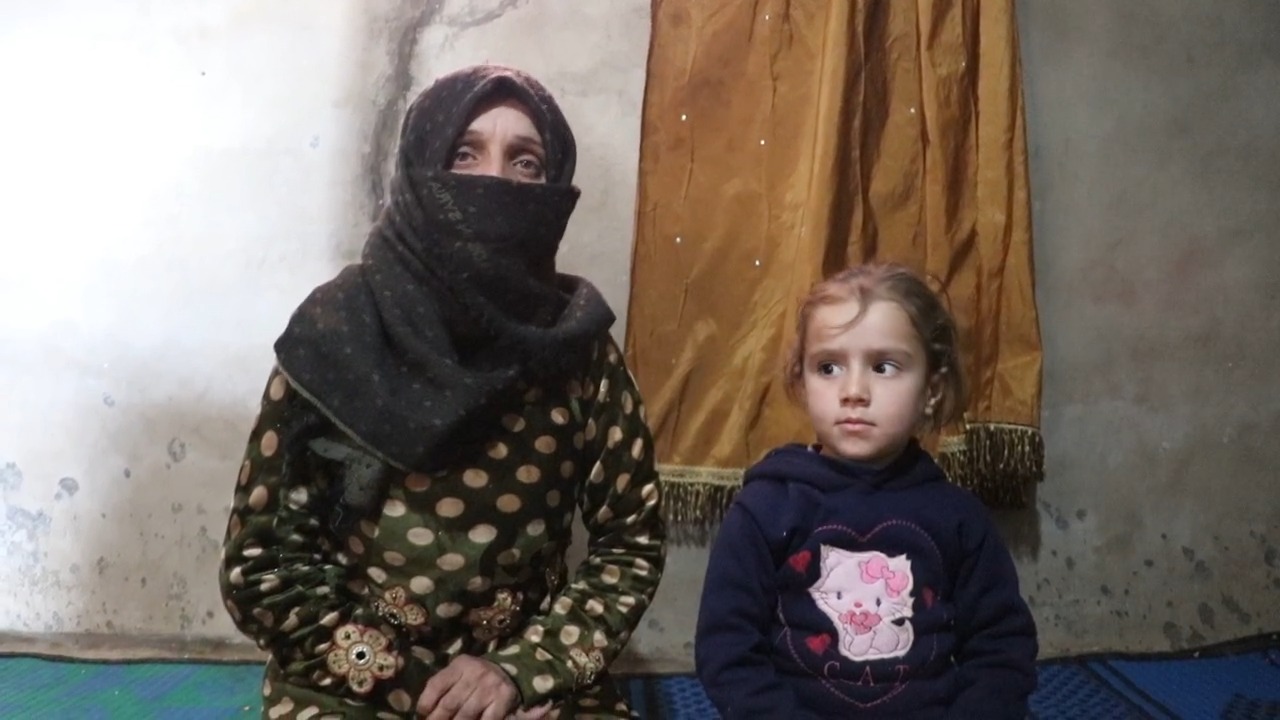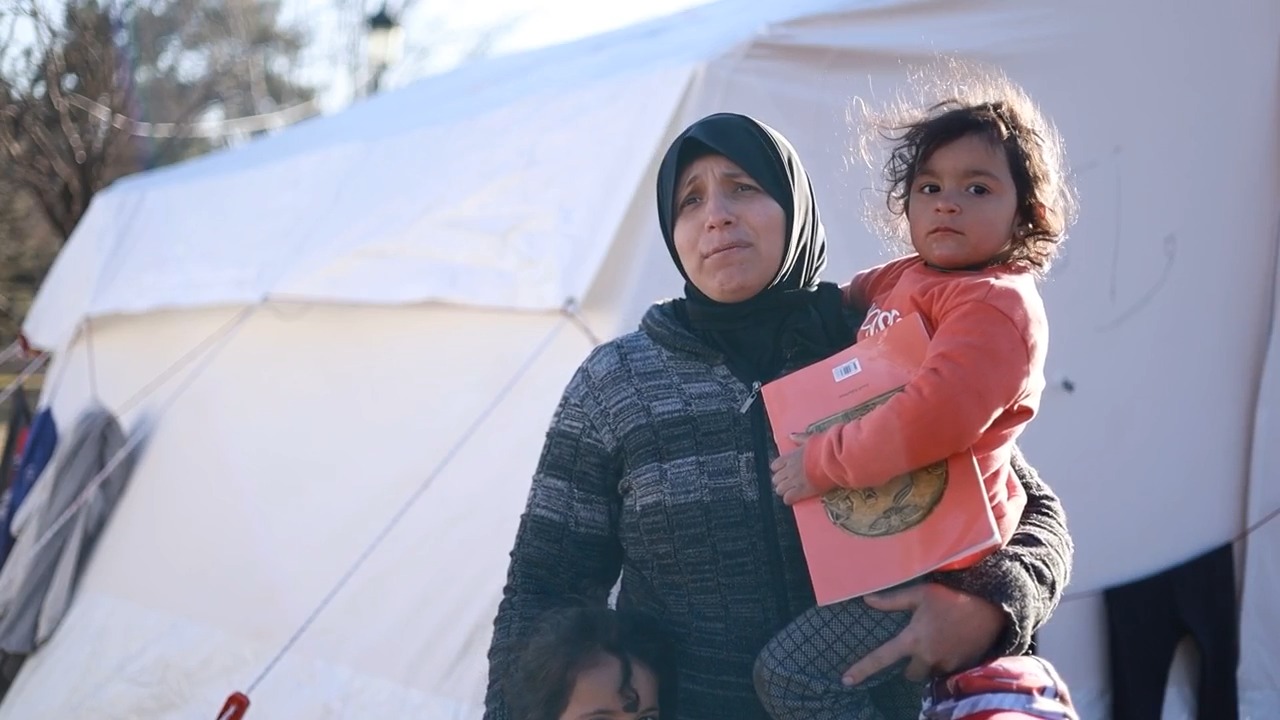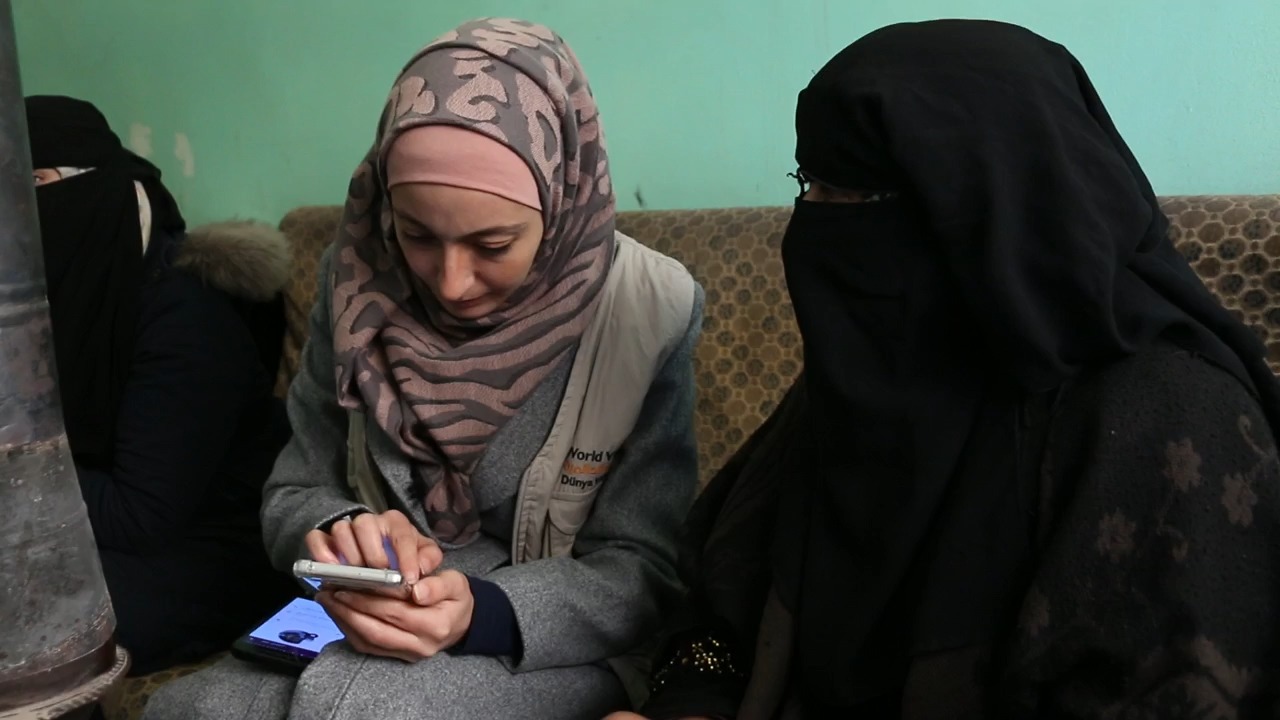By Sophia Papastravou, Gender Technical Specialist, World Vision Canada
Mere kilometres off the coast of Syria, in Cyprus, I felt the tremors of the devastating earthquakes that hit millions in Syria and Türkiye—earthquakes that devastated a region already fraught with violent conflict.
As advocates all over the world continue to advocate for gender equality and equity in their communities, we must consider the fact that women and girls suffer the most from disasters like the devastating and deadly earthquake fallout in Syria and Türkiye.
The impact of conflict and disasters on women and girls has reversed decades of important progress towards gender equality, global health, and the eradication of hunger.
Women must be involved in all aspects of humanitarian preparedness, response, and recovery in the wake of natural disasters—especially when these disasters are ever more catastrophic in times of conflict.
Prioritizing a gendered earthquake response
The vulnerability of communities in post-disaster response makes it imperative that the global response to these earthquakes must include and follow principles of the United Nations’
Women, Peace and Security Agenda, adopted by Global Affairs Canada.
The Women, Peace and Security Agenda is
founded on the idea that due to the power dynamics of gender, conflict has different effects on women, girls, boys and men. It outlines the long-term impact of women’s meaningful and equal participation in conflict prevention, peace negotiations, peace building and post-conflict reconstruction and governance in terms of creating and sustaining peace and stability.
 Abdo and her daughter Hazal escaped violent conflict in Hama, Syria only to narrowly escape the earthquakes—losing all their personal belongings in the proces. She was able to take shelter with her brother, but she is searching for her own place.
Abdo and her daughter Hazal escaped violent conflict in Hama, Syria only to narrowly escape the earthquakes—losing all their personal belongings in the proces. She was able to take shelter with her brother, but she is searching for her own place.
What does this look like on the ground?
First, this means ensuring that women and girls’ rights are protected and promoted in conflict-affected situations, including protection from sexual and gender-based violence.
Imagine being a teen girl in the chaos after a disaster, looking for your family and facing a high risk of sexual violence.
Both protection and prevention are crucial in disaster-affected areas where destruction and fear wreak havoc on communities.
Evidence from other emergencies shows that
gender-based violence—including domestic violence, trafficking, sexual violence and sexual exploitation, abuse and harassment—is further exacerbated in the aftermath of disaster-affected settings.
Preventing further harm from the earthquakes
Next, the global response to the earthquakes must include preventing gender-based violence by advocating for ongoing awareness and understanding of gender-based violence in the affected communities.
Trauma- or emergency-psychosocial support are key as part of the protection pillar. Plus, ensuring safe and accessible toilets and washing facilities as well as ensuring hygiene and dignity kits have been an ongoing focus, particularly gender-responsive and accessible communal toilets/washing facilities at emergency centres.
Finally, our relief and recovery efforts must meet the specific needs of women and girls and have women act as leaders in disaster prevention and management.
It’s important to note that
the prevalence of malnutrition in earthquake-affected zones is high—an issue further exacerbated by gender inequality. Malnutrition in natural disasters is felt most acutely by women and girls who already eat last and least.
 This mother and her seven children were forced to sleep in the streets after they narrowly escaped the destruction of their home. She is one of many families now being housed in tents after being displaced by the earthquakes.
This mother and her seven children were forced to sleep in the streets after they narrowly escaped the destruction of their home. She is one of many families now being housed in tents after being displaced by the earthquakes.
With women in Syria having limited decision-making power over increasingly scarce resources, this crisis will deepen the systemic inequality that holds women and girls back from realizing their right to nutrition during emergency response.
Teams on the ground are scrambling to create relief and recovery mechanisms as damage from the earthquake has deepened strains on an already severely compromised healthcare system which impacts essential, lifesaving services.
Imagine being a pregnant mother living in a tent in the aftermath of a disaster, facing trauma and stress could bring on an early delivery, with the nearest hospital destroyed.
Strategies aimed at tackling malnutrition with the most vulnerable, especially pregnant and lactating women, and children, have been disrupted. Additionally, risks of sexual and gender-based violence reinforce the need to ensure vital sexual and reproductive health services.
World Vision’s emergency and humanitarian response has systematically implemented measures to provide life
-saving aid as quickly as possible and, at the same time, responding with services for women and girls that were halted since the earthquake.
World Vision Canada currently supports over 446,000 women, girls, men and boys in northwestern Syria with health, water and sanitation, child protection and nutrition programming. We have been operating since 2011 inside Syria, Jordan and Türkiye. Our efforts have been directed toward providing various services to refugees and local communities impacted by the conflict in Syria.
 A World Vision staff member talks with two women as part of assessing the financial needs of people affected by the earthquake in Northern Syria.
A World Vision staff member talks with two women as part of assessing the financial needs of people affected by the earthquake in Northern Syria.
From nutrition to livelihoods to politics, as a global community, the world has made significant strides on gender equality—but this progress only matters as much as the most vulnerable can feel the impact.
We must never overlook the need for a gendered approach to our emergency responses—the lives of too many women and girls are at stake.
How can I help children and families made vulnerable by the current crisis?
Give to help provide care and support for children and families now at increased risk of displacement, hunger and illness.
Pray for the safety of children and families, including those who were already displaced as a result of the conflict in Syria, and now face an added challenge.